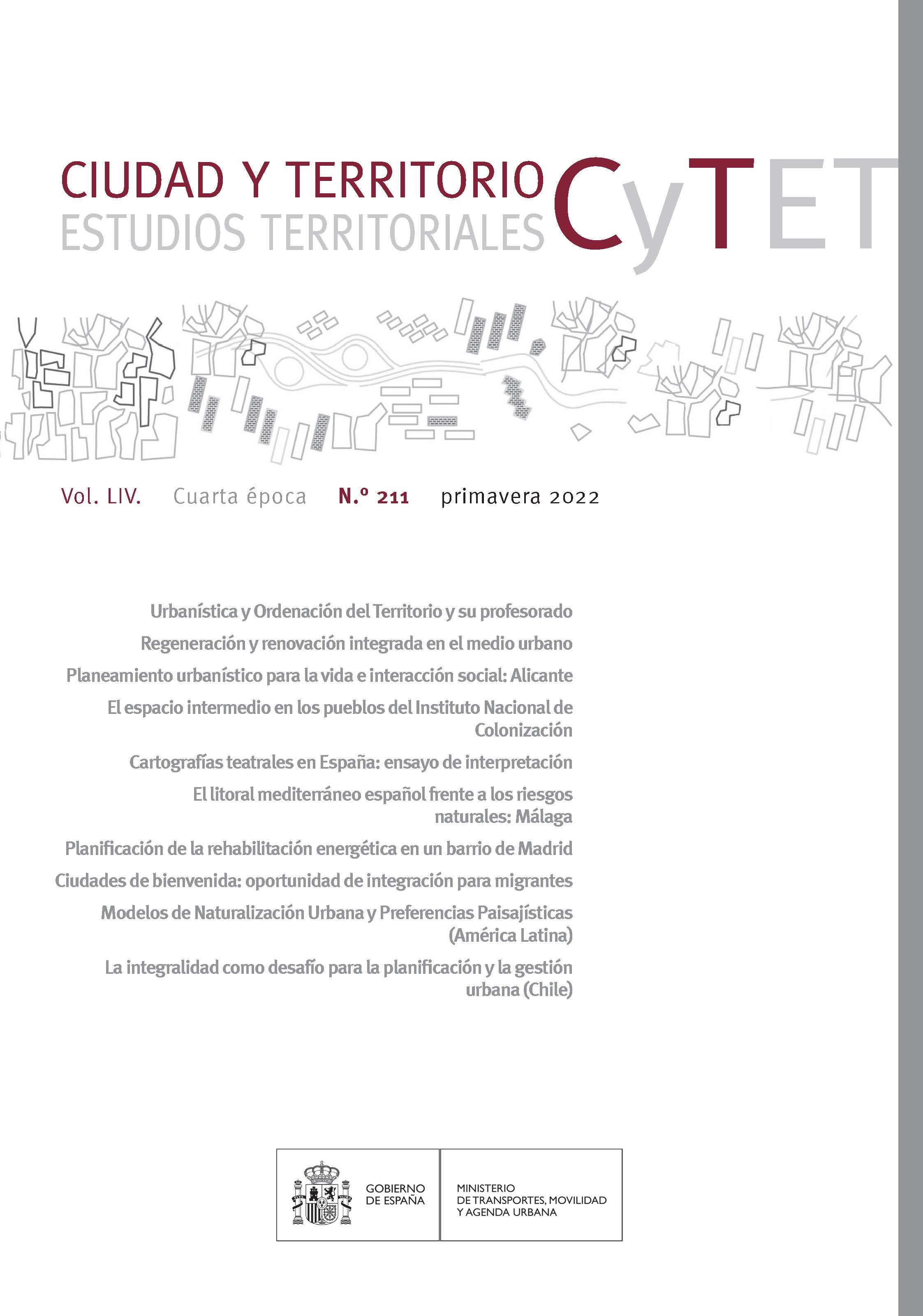Welcoming Cities: areas of Opportunity and Critical Factors of Integration for Migrants
DOI:
https://doi.org/10.37230/CyTET.2022.211.8Keywords:
Welcoming cities, Areas of opportunity, Migrants Integration, Urban obsolescence, InnovationAbstract
Cities mainly absorb migratory flows, which are increasing and becoming more permanent. Are there optimal cities or urban areas to welcome migrants which may facilitate their integration, while benefiting from their arrival? Declining cities and obsolete urban areas are considered as “areas of opportunity”, and the spatial impact of the integration of migrants in them is analyzed, in the cases of Detroit shrinking city and in the obsolete industrial fabrics of New York. What are the critical factors to achieve the integration of migrants in cities? They are drawn from studying refugee integration strategies in Europe in 2015, in the Netherlands and in Germany and its main cities. It is possible to conclude that migration is an urban development resource which requires available housing and employment, and therefore innovation.
Downloads
Published
How to Cite
Issue
Section
License
Copyright (c) 2021 Juana Canet Rosselló

This work is licensed under a Creative Commons Attribution-NonCommercial-NoDerivatives 4.0 International License.
Considering the provisions of the current legislation on Intellectual Property, and in accordance with them, all authors publishing in CyTET give -in a non-exclusive way and without time limit- to the Ministry of Transport, Mobility and Urban Agenda the rights to disseminate, reproduce, communicate and distribute in any current or future format, on paper or electronic, the original or derived version of their work under a Creative Commons Attribution-NonCommercial-NoDerivative 4.0 license International (CC BY-NC-ND 4.0), as well as to include or assign to third parties the inclusion of its content in national and international indexes, repositories and databases, with reference and recognition in any case of its authorship.
In addition, when sending the work, the author(s) declares that it is an original work in which the sources that have been used are recognized, committing to respect the scientific evidence, to no longer modify the original data and to verify or refute its hypothesis. Author(s) also declare that the essential content of the work has not been previously published nor will it be published in any other publication while it is under evaluation by CyTET; and that it has not been simultaneously sent to another journal.
Authors must sign a Transfer of Rights Form, which will be sent to them from the CyTET Secretariat once the article is accepted for publication.
With the aim of promoting the dissemination of knowledge, CyTET joins the Open Journal Access (OA) movement and delivers all of its content to various national and international indexes, repositories and databases under this protocol; therefore, the submission of a work to be published in the journal presupposes the explicit acceptance by the author of this distribution method.
Authors are encouraged to reproduce and host their work published in CyTET in institutional repositories, web pages, etc. with the intention of contributing to the improvement of the transfer of knowledge and the citation of said works.








 Enlace a CyTET en Linkedin
Enlace a CyTET en Linkedin